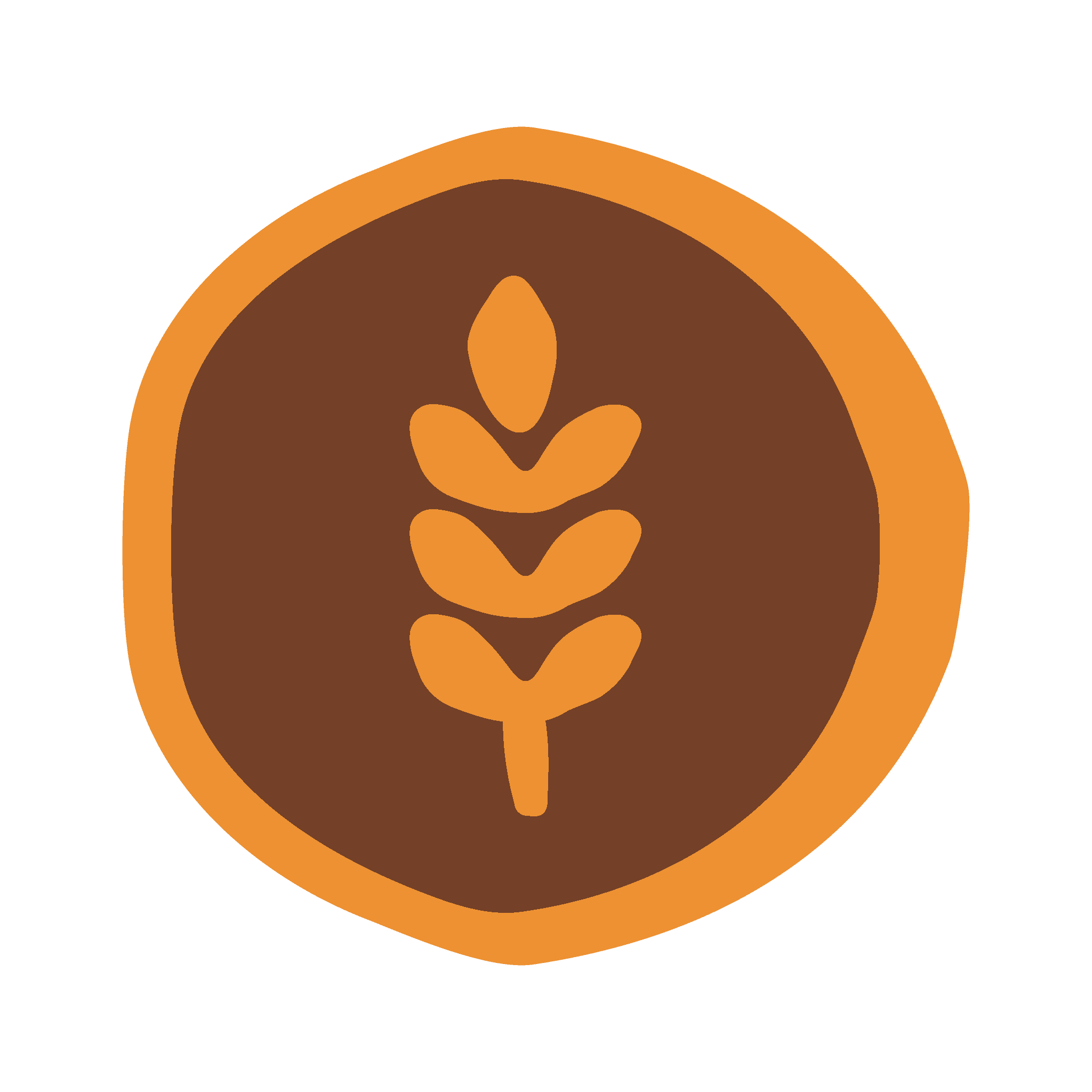

the wheel of the year
The cycle of the year contains traditional celebrations which gave our ancestors a certain rhytm of life throughout the year. The Wheel of the Year traditionally begins in the autumn after the harvest feast called “Kekri”. In the celebrations everyday routines and work is left behind
as festivities are spend gathered together.
TRADITION
Tradition means a living continuum of time and culture that includes an element of both change and continuity. No tradition is immutable, but it slowly adapts to changing times and embraces new elements.
The tradition is continuous and holistic, including customs and beliefs as well as playing, singing and dancing, craftsmanship and food, the entire human life cycle.
SOLAR YEAR
THE YEAR OF THE BEAR
For the ancient Finns, the Bear, the king of the forest, Tapio, was an animal worshiped and respected, and the lives of our ancestors ran in the rhythm of the life of the Bear. Experience the mythology of the northern peoples and celebrate the Bear.
WINTER DAY OF THE BEAR
The winter folds and the bear turns to another side in its nest and states “Night on the side, hunger in the gut”. In southern Finland, this will take place around 19th January and in the north 24th February.
SPRING DAY OF THE BEAR
The bear was believed to wake up from its hibernation around April 23rd. At that time, the cattle was let out and the magic protection of the cattle was carried out. “Jyrki put your dog on the leash, don’t let him wander in the pasture.”
SUMMER DAY OF THE BEAR
AUTUMN DAY OF THE BEAR
WHEEL OF THE YEAR OF WÄINÖLÄ
In Wäinölä we have four Wheel of the Year events. In October we celebrate the autumn and harvest in a party called Kekri, and the Bear going for winter sleep. In January we celebrate the winter and sleep of the Bear. In April we celebrate spring and awakening of the Bear. In July we celebrate the summer and the birthday of the Bear.











